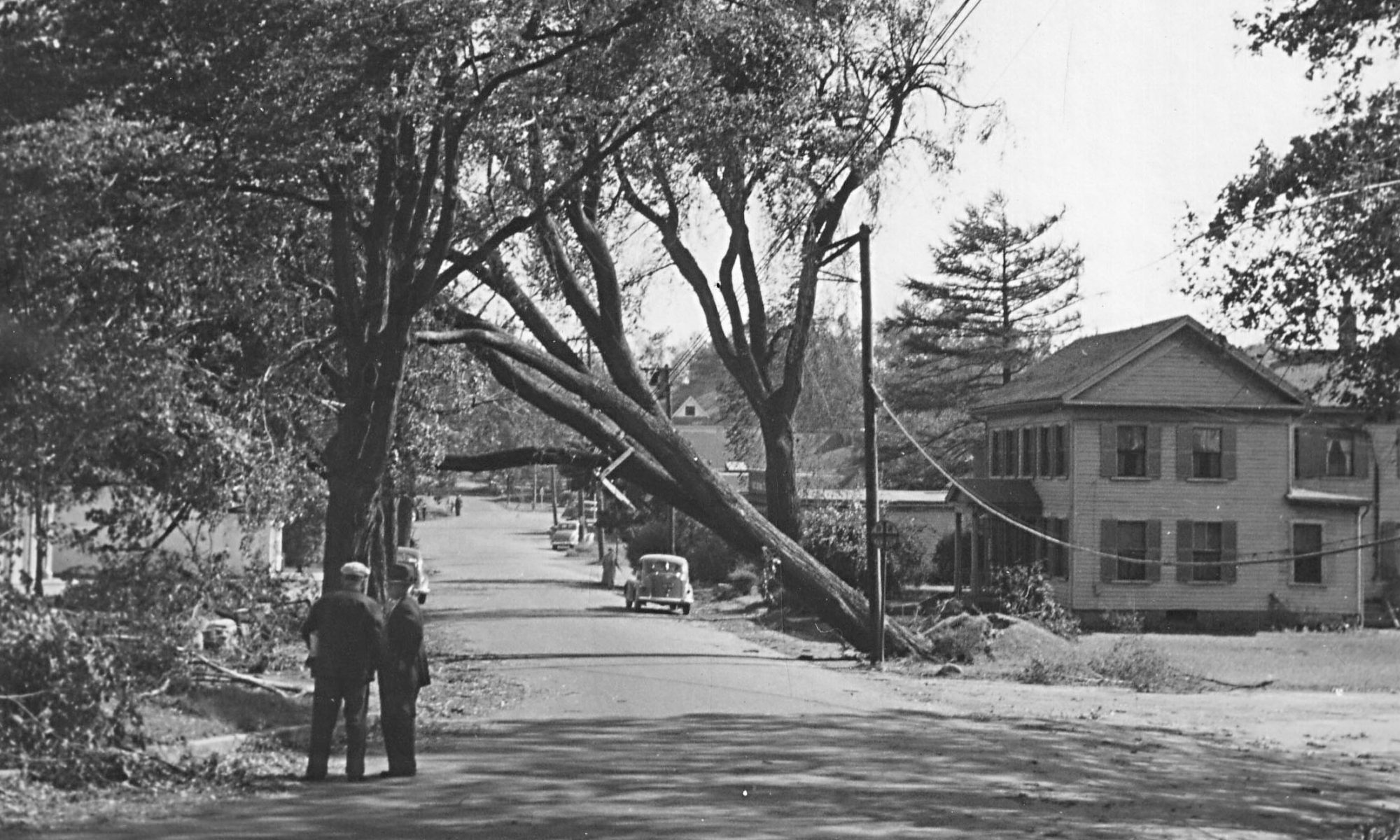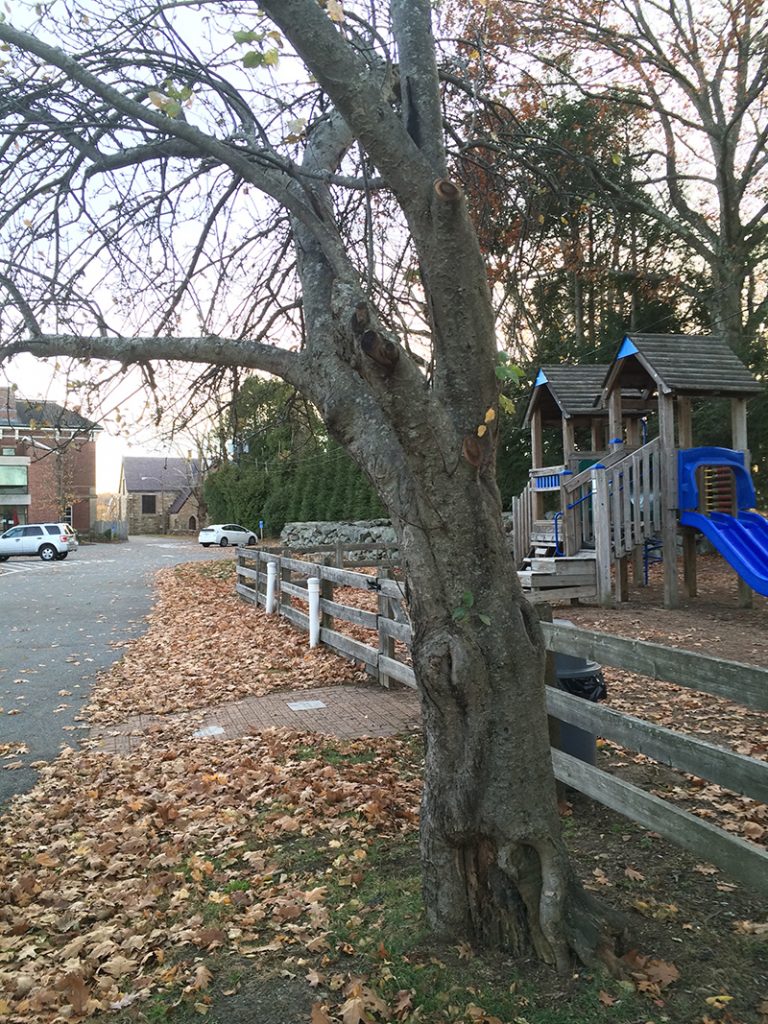
Working with a collection as rich and diverse as the Society’s has constant rewards. Take this letter for instance, written to Susie R. Ingalls, of Cambridge Massachusetts, by her daughter Mabel. It records an idyllic May Day long ago, in an age long past.
Southborough May 1, 1897
My dear Mamma
We arrived here Friday morning as half past eight after a very tiresome night. The boat arrived at New London at twelve o’clock but the train did not go until five minutes after four — arriving at Worcester at 6:55. We had no trouble at all changing cars as someone would show us right to the car even offering to carry our bundles. I like it here very much. Mr. Burnett’s house is very much after the style of Mr. Beecher’s house at Peekskill. Auntie was very excited when we came, rushing to the door and losing her cap as I have often heard you tell of. Friday afternoon I went for a drive with Mary and Charlie Jimmerson and we were caught in a heavy thunder shower and the horse was afraid so we drove into a barn and stayed about an hour; we had a box of candy and had a real nice time. Mary’s father has given them a row boat which was a great surprise so we thought that would be an idea for a name, so it will be named “The Surprise.” We are going out in it every day and yesterday I tried rowing. Saturday afternoon Susie Sawin and her cousin George came; you certainly would not take him for a teacher. He is an awful one to carry on — he plagues Auntie so gets she real angry in a good-natured way. He put the clock back and it got into about the shape our back parlor clock used to be and [he] did not get up until we were all through breakfast, so we put cayenne pepper in his oysters and coffee. Susie and Mary are both splendid, and so is Cousin Charlie’s wife; she looks young, not much over thirty, and goes around rowing and makes it just as pleasant as she can for everyone and she does not do any work except cooking; she calls Auntie “mother” and they all just love her. Last night we all went to an entertainment at the town hall. It was singers and a short play in which Mary was ‘Bridget’ and Mrs. Sawin took part. This is an awful place for clothes — the dog will run to meet us and jump up and get his dirty paws all over you. Alice stays at the mill all day and goes to ride with Harry a great deal. The Burnett’s were expecting the Vanderbilts but we did not see them come. Alice, Harry, Susie, Mary and I have just come home from church. George stayed home to shave. Alice and I sleep together in the front room. Mrs. Sawin is going to show us her room and all the things she got as presents. Auntie say she will be terribly disappointed if you do not come up and that we have to got to make a long visit at Riverside. She is going to give Alice money for a canary bird, and Susie Sawin has got a pair of shoes 4 1/2 and she wears a 5 so I guess that Auntie will send them to you. I guess I most close now as the table is set for dinner. So goodbye with much love to all, your loving daughter, Mabel
PS We are going to hang George a May basket tonight.
There are so many fascinating hints and clues about the times in this letter! The reference to taking the boat to New London, for instance, recalls an age when it was easier and far more comfortable to get to central Massachusetts from New York City by taking the night ferry than by taking the hodgepodge of competing rail lines. (The famed Boston consist of the 20th Century Limited wouldn’t arrive until 1902, for example.) And where precisely is Mabel staying? Obviously at one of the Burnett Houses, but which — the Burnett Mansion, or Edward Burnett’s house across Stony Brook? That would tell us who Auntie is.
And then there is that fascinating reference to “Mr. Beecher’s House in Peekskill.” It turns out Henry Ward Beecher, the famous abolitionist, had a summer house in Peekskill, New York, which was a famous stop on the underground railroad. The house, which was described in a 2001 New York Times article when the building was proposed for a museum, still exists, though the museum project never went forward. Take a look for yourself: it does rather look like a mini- Burnett mansion.
(NOTE 9.21/17 One of our board members, Deborah Costine, pointed out this probably wasn’t the house Mabel was referring too, but rather THIS ONE which makes more sense, due to its country setting and resemblance to the now destroyed Edward Burnett House.)
The Sawin’s are now more of a known quantity, of course, since our recent discovery of their historic family documents. But oysters for breakfast? It seems so: check out this recipe for Oysters a la Thorndike, listed in the 1896 edition of the Boston Cooking School Cookbook.
All in all, Mabel’s letter is wonderful reminder of an age long lost, when Southborough was not only a bucolic farming community, but also a summer retreat of the New York and Boston elite.
















